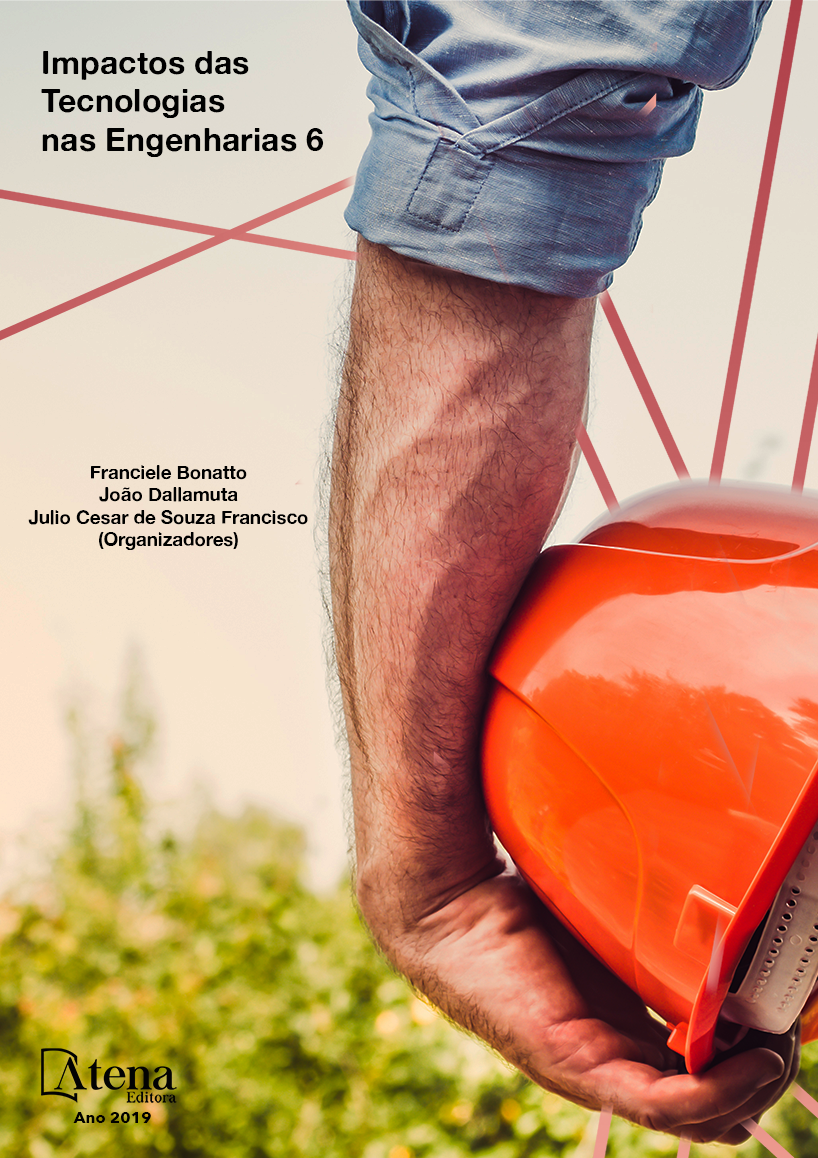
AVALIAÇÃO DA CAPACIDADE DE ADSORÇÃO DE VERMICULITA ATIVADA POR LIXIVIAÇÃO ÁCIDA PARA REMOÇÃO DE BTX EM ÁGUA
A técnica de adsorção utilizando
argilas para remoção de orgânicos constitui
um dos principais métodos de tratamento de
efluentes, pois envolve materiais considerados
eficientes, de grande área superficial, baixo
custo, alta disponibilidade no mercado, além
de serem, em geral, regeneráveis. O objetivo
principal deste trabalho é avaliar a eficiência
de remoção de BTX por processo de adsorção
utilizando a vermiculita modificada por lixiviação
ácida (VA). Os ensaios de adsorção foram
realizados à temperatura média de 20 °C, com
pH 6,0 e variando-se a concentração da argila
em 5, 10 e 20 g.L-1, num tempo de reação
de 120 minutos. Os resultados mostraram
que para todos os ensaios, VA apresentou
boa capacidade de remoção dos BTX.
Considerando-se, a concentração de 5 g.L1
, como sendo a condição mais efetiva nesse
estudo de adsorção, com remoção próxima a
90% para o tolueno e xilenos, e em torno de
80% para o benzeno.
AVALIAÇÃO DA CAPACIDADE DE ADSORÇÃO DE VERMICULITA ATIVADA POR LIXIVIAÇÃO ÁCIDA PARA REMOÇÃO DE BTX EM ÁGUA
-
DOI: 10.22533/at.ed.59619130317
-
Palavras-chave: vermiculita; adsorção; BTX.
-
Keywords: vermiculite; adsorption; BTX.
-
Abstract:
The adsorption technique using
clays to remove organic is one of the main
methods of treatment of effluents, because
it involves materials considered efficient, of
great surface area, low cost, high availability
in the market, besides being, in general,
regenerable. The main objective of this work is
to evaluate the efficiency of removal of BTX by
adsorption process using the modified vermiculite
by acid leaching (VA). The adsorption tests
were performed at a mean temperature of 20 °
C, pH 6.0 and the concentration of the clay was
varied at 5, 10 and 20 g.L-1, in a reaction time of
120 minutes. The results showed that for all the
tests, VA presented good BTX removal capacity.
Considering the concentration of 5 g.L-1, as the
most effective condition in this adsorption study,
with removal near 90% for toluene and xylenes,
and around 80% for benzene.
-
Número de páginas: 15
- Nayonara Karolynne Costa de Araújo
- Amanda Duarte Gondim
- Djalma Ribeiro da Silva
- DÉBORA KARINA DA SILVA GUIMARÃES


